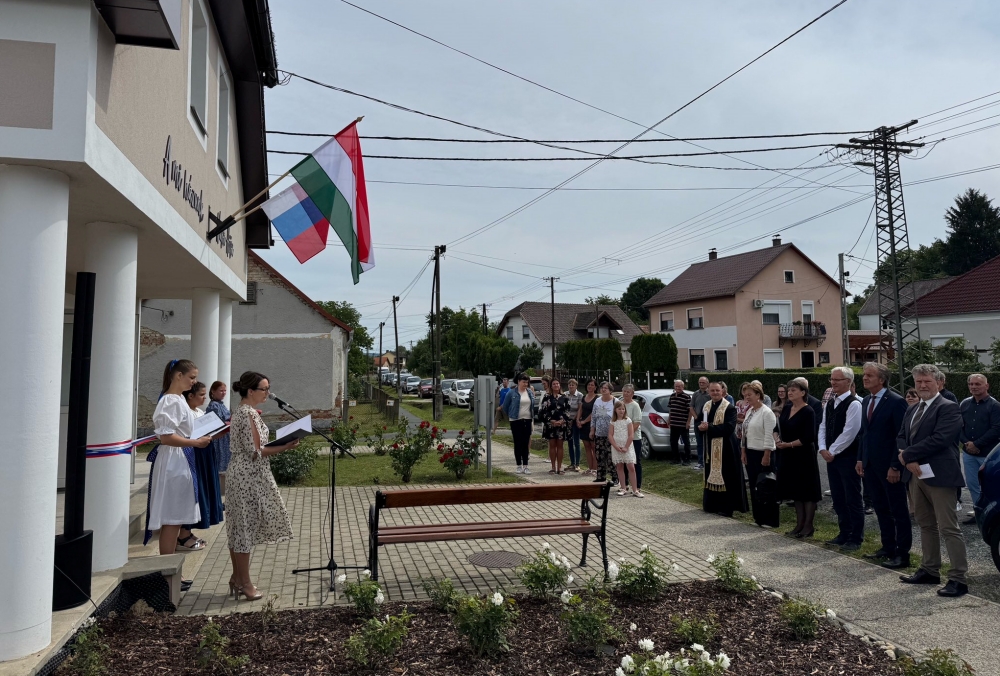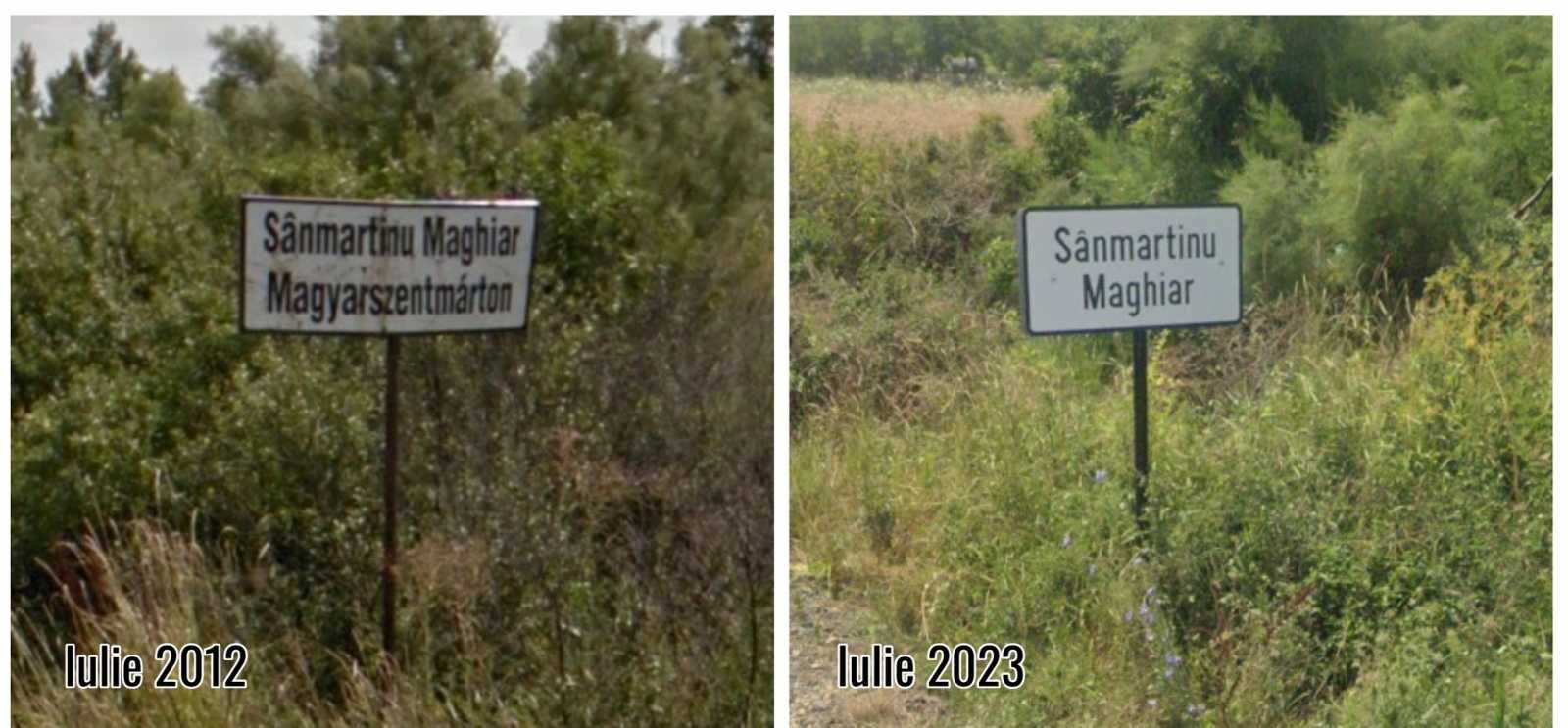
The new institution stregthens the ethnic culture and faith of Slovenians in the region.Continue reading

Bilingual signs at the entrance to the villages of Sânmartinu Maghiar (Magyarszentmárton) and Sânmartinu Sârbesc (Szerbszentmárton) have been replaced, with the Romanian-Hungarian and Romanian-Serbian signs replaced by Romanian-only signs, Maszol reported.
One of the most influential local Facebook pages, Banatul de altădată (The Old Banat), drew attention to the situation and lodged a protest with the Timiș County Prefecture. They write that the scope of the protest is to protect the Hungarian and Serbian communities, and that the use of bilingual signs is required by law.
Out of respect for the Hungarian and Serbian communities, I believe that the names of the villages should be displayed in both languages again! There are positive examples in the Banat region, such as the village of Cenei (Csene), where the Serbian name appears alongside the Romanian name. Above all, the Banat region is multi-ethnic!”
they wrote in their Facebook post.
Via Maszol; Featured photo: Facebook/Banatul de altădată